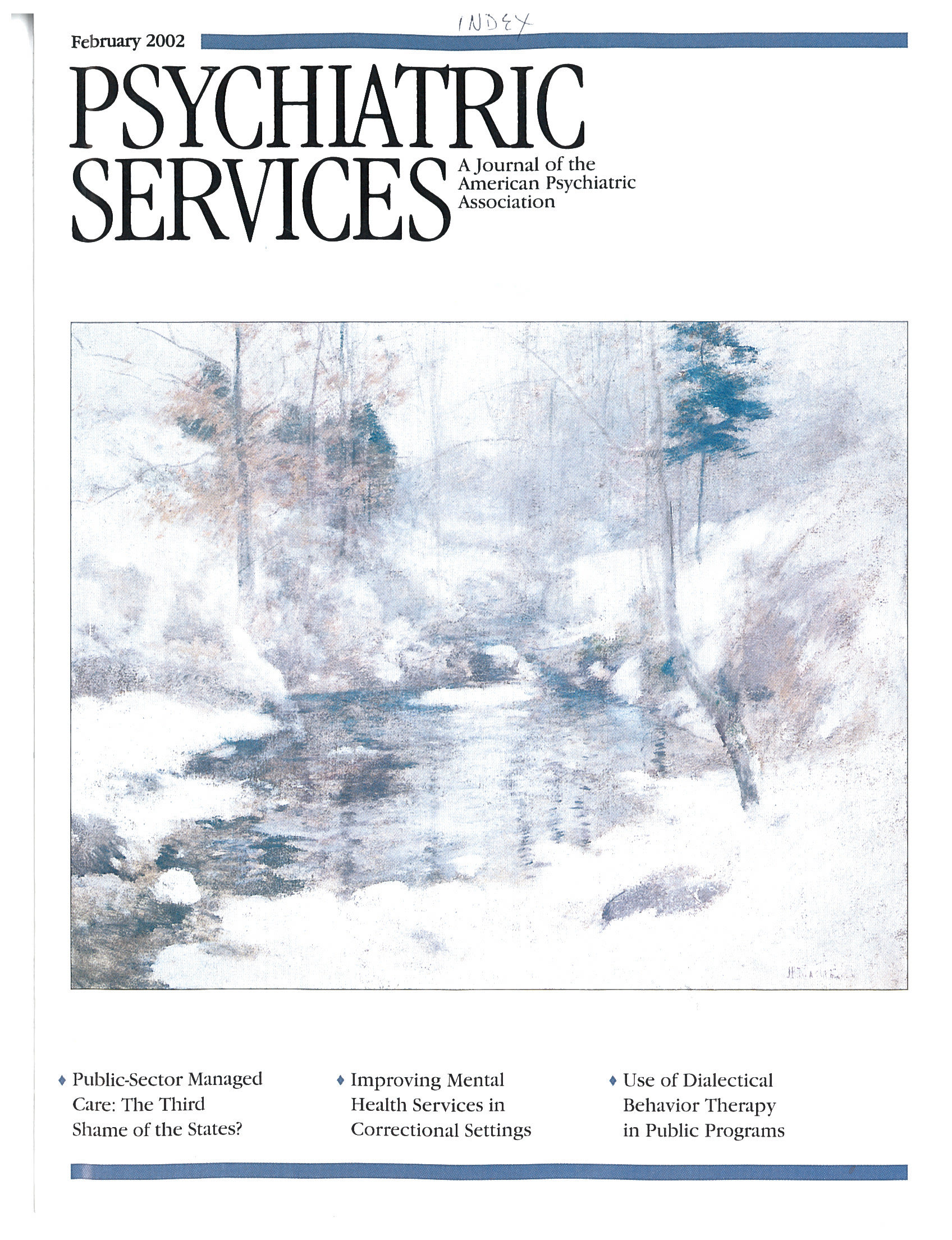The Psychology of Female Violence: Crimes Against the Body
The author of this book, Anna Motz, is a forensic psychologist who works in corrections in Great Britain. She brings to the analysis of female violence her experience in psychoanalytically informed forensic psychotherapy. In this book she constructs her presentations around case studies of women whom she has treated or evaluated while working in a correctional setting or whom she has assessed for termination of parental rights.
The central thesis of The Psychology of Female Violence is that acts of violence committed by women against themselves and their children are attempts at wordless expression of distress and anger. She advances the hypothesis that violence by a woman against a child occurs when the woman is unable to relate to the child as a distinct individual but rather as if the child were an extension of the woman herself. Thus a mother may communicate her own distress through her child.
The book is divided into three parts. In the first part, Motz discusses violence against children. She covers female sexual abuse of children, Munchausen's syndrome by proxy, maternal physical abuse, and infanticide. She uses a case-study approach in each area and does not offer general reviews of the issues involved. Most of the women in the cases have a history of victimization in childhood, usually by sexual or physical abuse. In this section Motz focuses on injuries perpetrated by biological mothers and does not generally analyze the greater risk of harm from nonbiological caregivers.
In part 2 Motz focuses on self-harm, including deliberate self-mutilation and self-strangulation as well as anorexia nervosa. She builds on traditional interpretations such as punishing the "bad self," "murdering" one's own sexuality, and symbolic assault on the "mother." She presents an extensive case study of a woman who, when confined to a forensic ward, replaced her self-cutting with repeated episodes of self-strangulation.
The case study provides an excellent analysis of transference issues in therapy, countertransference issues among the caregivers, and treatment planning issues. The analysis of the power struggle between staff and patient and within the patient herself is an excellent explication of the difficulties in helping the "borderline" woman. The goals of the book itself, however, would have been better served if the author had explored the contrast between the patient's "minor" self-cuttings and the attempted murder of her boyfriend by stabbing.
In part 3 Motz addresses the issue of battered women who kill. She comes to no conclusion about the general issue of why women are more likely to kill intimate partners than to kill strangers. In analyzing case histories of women who have had tragic early experiences, Motz uses a paradigm of learned helplessness followed by depression and then by violence.
In this book the author analyzes traditional psychodynamic interpretations of the consequences of early trauma and suggests that a form of forensic psychotherapy may help break the intergenerational transmission of violence. The book does not include a thorough discussion of alternatives, such as cognitive-behavioral therapy or dialectical behavioral therapy, although some alternatives are discussed. Outcomes data for violent women treated with these therapies are not given a full presentation. Although Motz strongly endorses the use of psychoanalytically informed psychotherapy in treatment, its general applicability in a prison setting is not explored.
The Psychology of Female Violence is by no means a comprehensive review of female violence. Rather it is an exploration, on a case-oriented basis, of the dynamics of individual women who have abused children physically or sexually, who have allowed abuse of their children to take place by a partner, or who have developed a pattern of self-harm.
Dr. Recupero is president and chief executive officer of Butler Hospital and clinical associate professor in the department of psychiatry and human behavior at Brown University in Providence, Rhode Island.



